How Use Case Modeling Is Used to Describe Functional Requirements
While writing the Use Case dont worry about the implementation of the system or the exact interface it will have. A use case contains one or more scenarios a main scenario and usually several alternative scenarios.
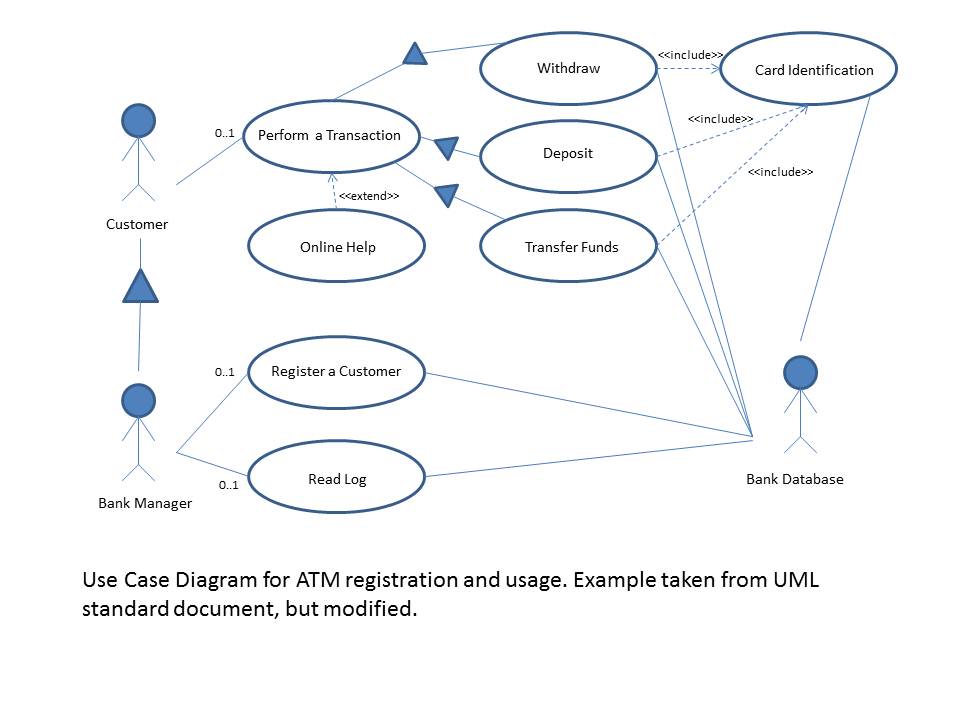
Informal Semantics For Uml Use Case Diagrams
Requirements modeling is carried out after the requirements and constraints for an area have been captured and analysed it is an important activity to ensure the consistency and completeness of the requirements.

. The UML model editor and the topology editor synchronize NFRs to coordinate the application planning in the UML model with the deployment planning in the topology. The functional requirements can easily be used as unit test cases whereas the use cases can be used for user acceptance and integration tests. The use-case model serves as a unifying thread throughout system development.
Originally he had used the terms usage scenarios and usage. These instructions describe how to model NFRs in UML models and topologies together. Use cases capture the functional requirements of a system.
In 1987 Ivar Jacobson presented the first article on use cases at the OOPSLA87 conference. He described how this technique was used at Ericsson to capture and specify requirements of a system using textual structural and visual modeling techniques to drive object oriented analysis and design. Functional Requirements and Use Cases Functional requirements capture the intended behavior of the system.
4 rows Use Case- A use case represents a function or an action within the system. Use cases define the interactions between a user and a product or service. Be careful to make sure the Use Case describes only how the system reacts.
Its drawn as an. However Use Case Use Cases Diagrams in the Unified Language development demands great experience of the requirement Modeling UML have been used for capturing system engineers. With the use case modeling approach the functional requirements of the system are described in terms of actors and use cases.
Use cases became one of the most widely used approaches for capturing functional requirements for object-oriented systems as part of UML. This white paper lays out important con-cepts and discusses capturing functional requirements in such a way. This behavior may be expressed as services tasks or functions the system is required to perform.
When the solution to a business problem or opportunity involves a software component the solution team must determine how software will best support the business. The heuristics presented in the literature to functional requirements. Use cases were created by Ivar Jacobson in 1986 to support visual modeling of functional requirements.
Then we will show you how to document your requirements using. Use case diagram is requirements elicitation of a software system. Use case modeling is a modern approach for describing system requirements by focusing on actors to describe that interaction.
There are multiple ways to model functional quality attributes and constraints. The Use Case should describe the interaction between the actor and the system - what the actor does and how the system reacts. View USE CASE DIAGRAM_NOTESdocx from CS 304 at Virtual University of Pakistan.
It is generally accepted that use cases specified in narrative form also known as use case specifications depict functional requirements. 35 System Test Model The use case model is the starting point for the creation of test item specifications. As such your use cases constitute a functional specification.
However Non-Functional Requirements NFRs are often captured only generically at a fairly high level therefore there is vital need to include details regarding NFRs necessary for the proposed softwares at initial stages of system development. It is however a potential title for a Use Case. When used to model functional requirements a use case describes one function required of your system or application.
This is because a use case via the main and alternate flows shows how a user interacts with a system in order to achieve a desired result. In this course you will learn how to utilize use case modeling to document functional requirements. It is used as the primary specification of the functional requirements for the system as the basis for analysis and design as an input to iteration planning as the basis of defining test cases and as the basis for user documentation.
In this course you will learn how to utilize use case modeling to document functional requirements that can be understood and validated by all project stakeholders including technical staff and business stakeholders. A fully specified Use Case is a Behavioural Requirement. You can employ use cases to model business processes a systems functional requirements or even the internal workings of a system.
Functional Requirements can be derived from Behavioural Requirements. A scenario is an instance of a use case. You can model the non-functional requirements of an application in either UML models or topologies.
In this chapter we will first introduce you to UML. Use cases help define the functional requirements or what a product or service needs to do to fulfill the needs and wants of customers. Click to see full answer.
UMLUnified Modeling Language USE CASE. The appropriate approach to take will depend on the type of system and the. Generally use case models the functional requirements.
A use case model is the set of all use cases of a system This would be the functional model a complete description of the systems functionality and environment. When we document requirements using use cases we use textual description along with use case diagrams. A use case starts with an actor or the who which is a particular customer or user of a product or service.
Correspondingly how use cases are related to functional requirements. Functional requirements could be collected and documented using different approaches techniques tools and templates. Both can be used and there are clear advantages in doing so.
Use case modeling is a commonly used analysis technique which results in functional requirements and a framework for test case development. At a minimum a use case should consist of. In other words one Use Case often represents several requirements and several Use Cases often share a common subset of Functional Requirements.
The use case diagram is a part of the Unified Modeling Language Rumbaugh Jacobson et al 1999 more commonly referred to as UML. Use cases could be specified formally or informally.
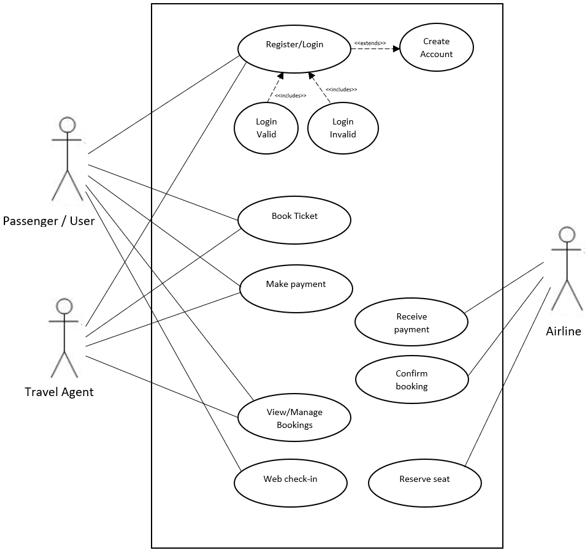
Uml Use Case Diagram Guidelines On Use Case Diagram

An Use Case Model Of A Library Application In Ken97 These Use Cases Download Scientific Diagram

Uml Use Case Diagram Tutorial With Examples

Uml Use Case Diagrams Edrawmax

What Is A Use Case Diagram Knowledge Base

Conceptual Data Modeling Starts With Business Use Cases Ewsolutions

Use Case Diagram In Uml 2 0 Download Scientific Diagram

What Is A Use Case Diagram Knowledge Base
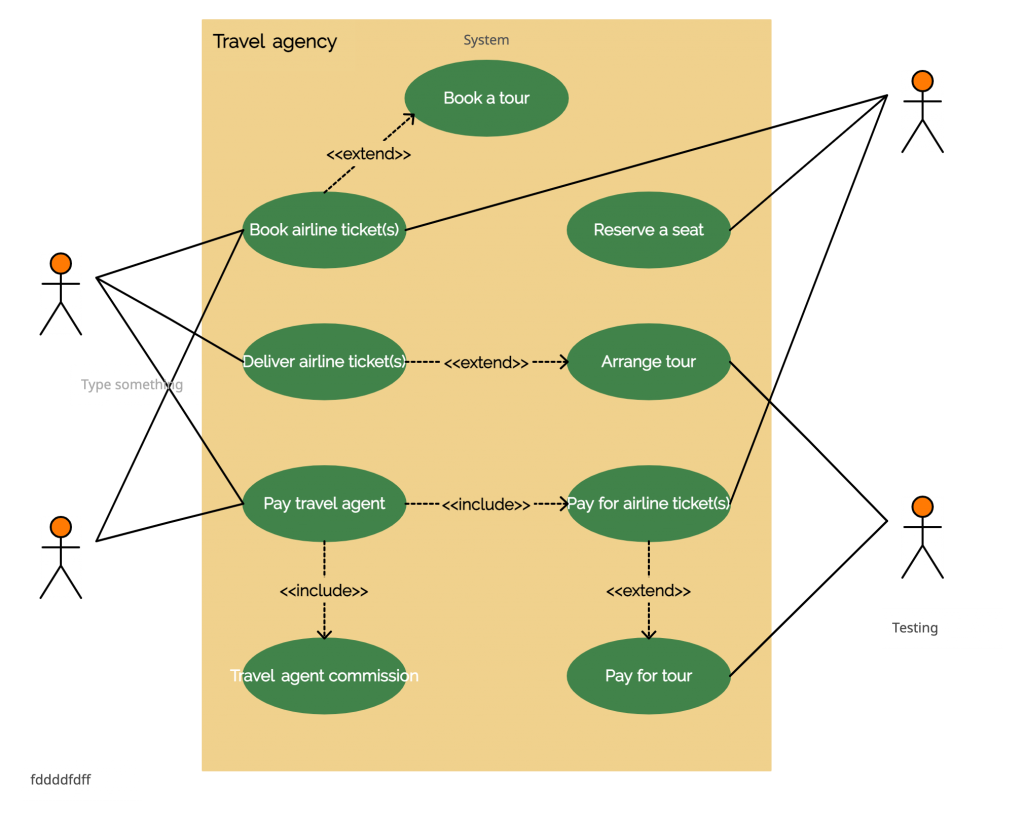
Use Case Diagram Tutorial Guide With Examples Creately Blog
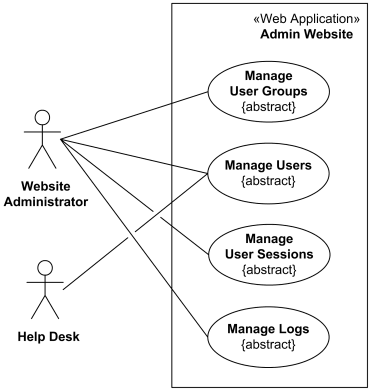
Website Management Or Administration Uml Use Case Diagrams Example

A Use Case Diagram Of The Supply Chain Members Relations Download Scientific Diagram

Use Case Diagram Providing An Overview Of The Basic Banking Services Download Scientific Diagram
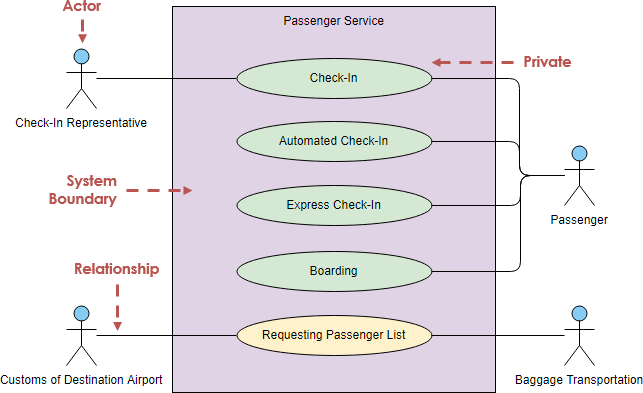

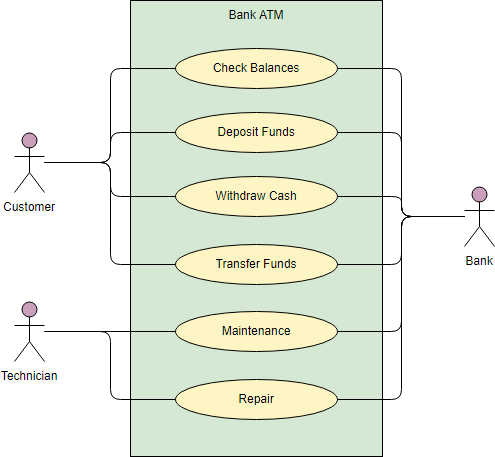

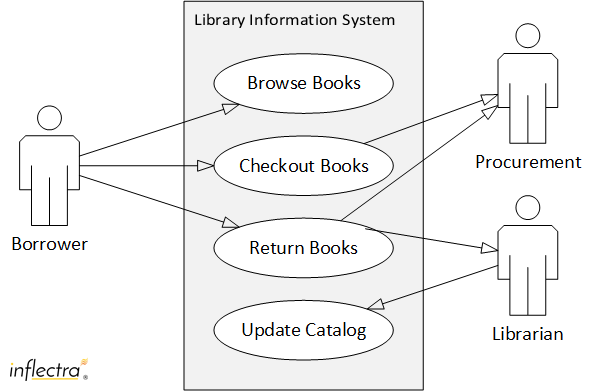
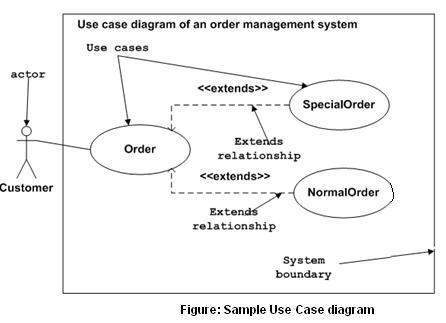
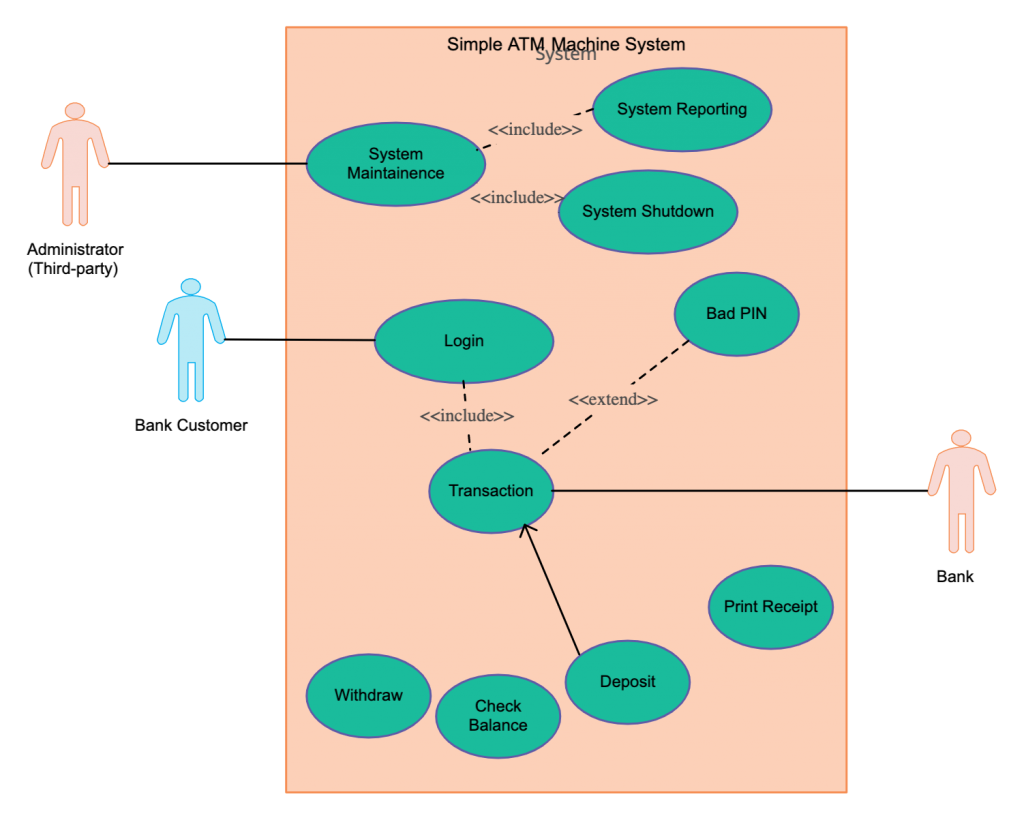
Comments
Post a Comment